Let's look at a couple Native American flutes. I picked two flutes in the key of G so we can compare how, even though they're in the same key, they sound unique. Being in the same key is not all they share as we shall see.
To start let's take a look at a G Native American flute made by Michael Gulino of Moonlight Creek flutes.

This is a lovely flute made of cedar.

The block is a walnut coyote. Michael's signature block design.
This flute is one of my favorite flutes. It's easy to play, responds well to my fingers and is very expressive. I use it a lot live, and recorded it on the song "Emergence" from Distant Spirits".
The flute is 21-1/2" long (all measurements are rounded) and has a 1" bore. It has only five holes, but can play all the notes that a six hole flute can. Michael made it for me in 2000 and it is #269 of that year. His flutes are hand rounded which is very time consumming. This flute has a classic Native American flute sound to my ears. The tone is sweet, clear and has the familiar haunting quality of the instrument.
Listen to this flute.Now let's take a look at a Native American flute made by Marvin Yazzie of Yazzie flutes.

This flute is also made of cedar, but notice the lighter color.

It also has a wonderful horse block and tips made from walnut.
This was the first Yazzie flute I got and it is featured on my latest CD, New Fire, on track 10 "Ancient Memories". I love the subtleties of Yazzie flutes. They're great solo instruments.
This flute is also 21-1/2" long and has a 1" bore. This is a six hole flute and is hand carved by Marvine with a spoke shaver, which like Michael Gulino's flutes takes a longer time to make. Yazzie flutes have a haunting, round sound, which to my ears sounds a little clarinet-like. They still have that classic sound, but with a sligthly different quality.
Listen to this flute.I'll be talking about both of these makers in future postings. Both are great flute makers and wonderful people. If you're new to the Native American flute I would recommend both of their flutes for beginners. They are reasonably priced, well tuned and sound great. They are also prefect for more accomplished players as well.
As we look at other flutes one of the things we'll notice is that all flutes sound a little different. Even flutes in the same key, made by the same maker, and using the same wood will each have a slightly different sound.
To find out more information about these makers, check out the Native American flute makers page on my web site.
Makers Page.If you have any questions send me a comment with the link below.
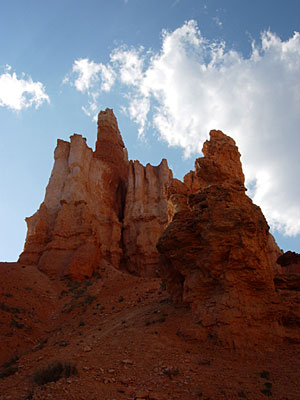
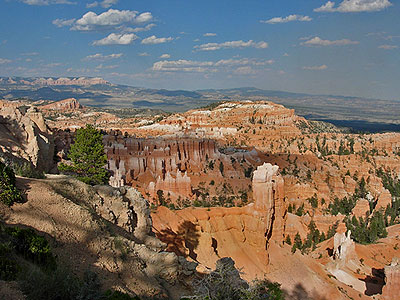
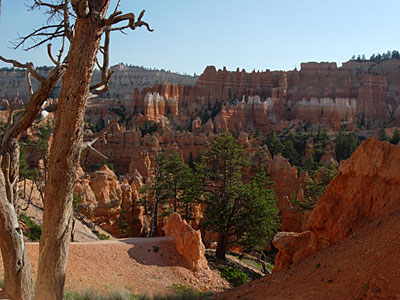
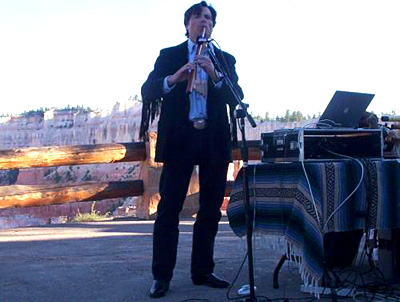




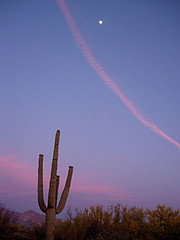




 Playing a Hawk Little John bass G flute.
Playing a Hawk Little John bass G flute. Here's a wider shot.
Here's a wider shot.








